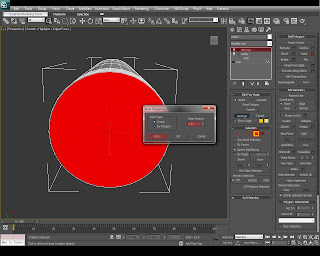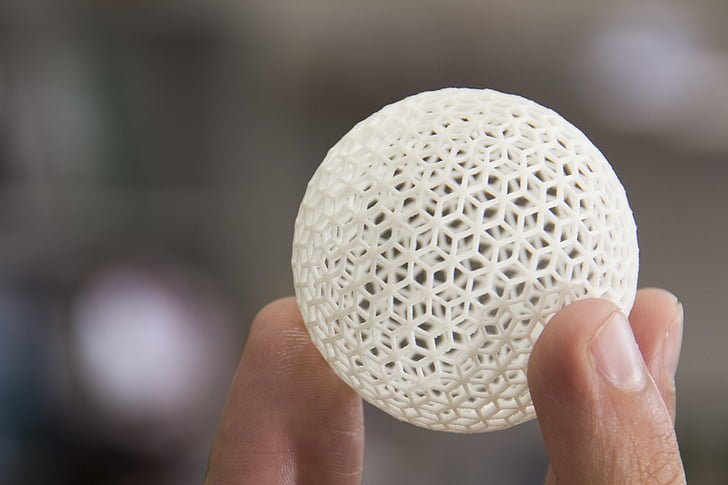

Using AutoCAD to create designs and plans is immensely faster than trying to draw them by hand or using other design software.

3D modelling options for the software continue to be developed, but it is still mainly seen as a 2D modelling program.

You can also use 3D functions on AutoCAD for modelling, cloud rendering and product documentation. The 2D functions of AutoCAD allow you to do classic design tasks such as creating design drawings and visualising different sections and views of a design, as well as other features such as creating parametric constraints for a design, linking Excel data with a live AutoCAD file, and revise individual sections of a design without having to create a new version. 3D features were later developed on AutoCAD so that it can be used for this kind of design as well, but the software is mainly used for its 2D modelling properties. They were both a part of the American multinational software company Autodesk, which continued to develop the program after Walker left, led by Carol Bartz, and created the version that gained international acclaim.ĪutoCAD was one of the first pieces of design software that helped to automate the 2D drafting and drawing process created just for PC use, which revolutionised the design industry. The first version of AutoCAD was designed by a team led by programmer John Walker, based on software previously created by Michael Riddle. You can create all kinds of geometric models using the tools and features of the program, and it’s widely used not only by designers but also by engineers, architects, and graphical artists. In this article, we explain the advantages and disadvantages of each, some of the key differences, and the situations and tasks that each program is better suited for.ĪutoCAD is a widely-recognised piece of computer-aided design software that is a favourite program for drawing 2D designs. If you work in a job that involves computer-aided design software, you’ll likely have heard of both AutoCAD and SOLIDWORKS. Two top-rated programs for both of these tasks are AutoCAD and SOLIDWORKS, used by individuals across a range of industries including electronic and embedded systems engineering. Gone were the days of drawing boards and rulers, replaced by software that could create detailed and accurate designs and specifications used by architects, product designers and engineers.Īs the potential for this kind of software was realised, its applications grew from 2D drawing to 3D modelling.

Computer-aided design revolutionised the speed and efficiency of technical drawing and drafting.


 0 kommentar(er)
0 kommentar(er)
